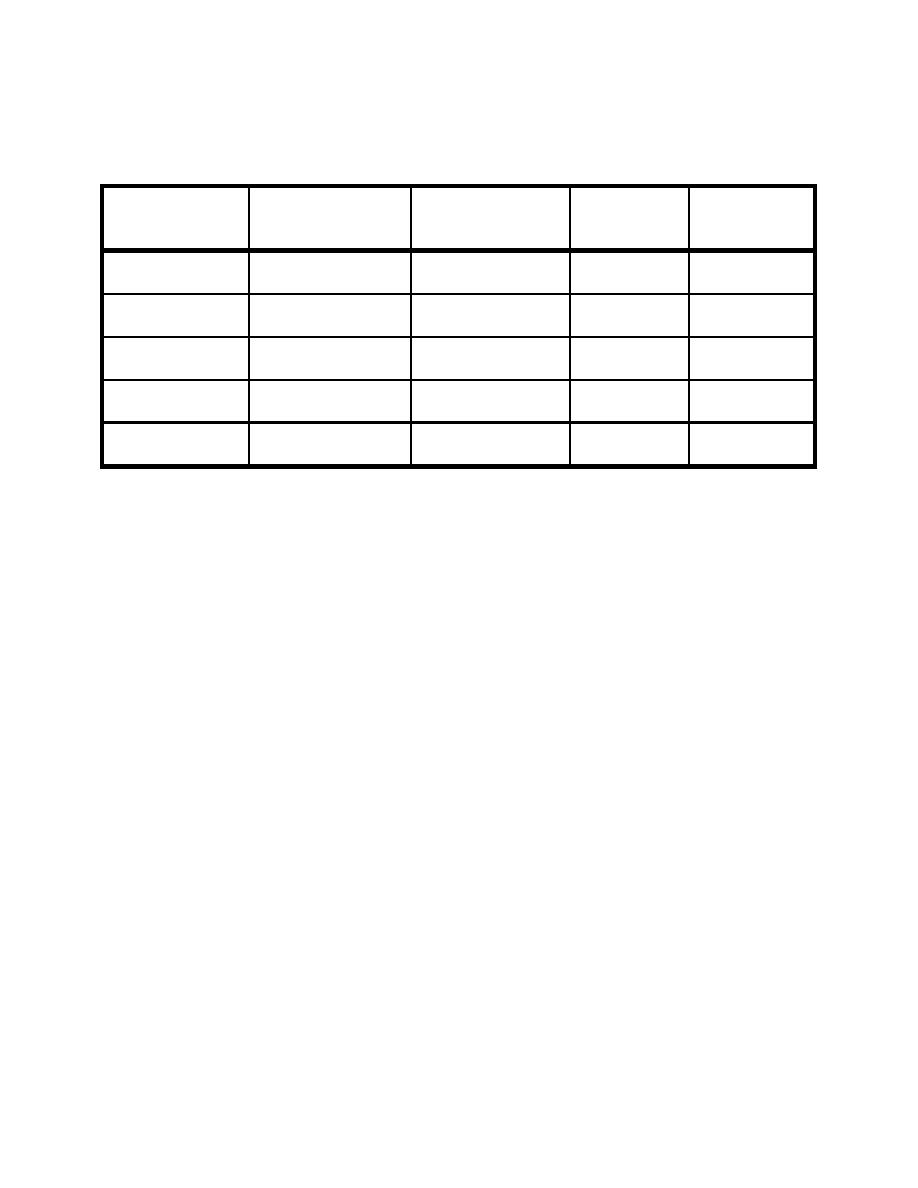
09-01
4. OCCUPANCY CLASSIFICATION
4.1 General: Occupancy classifications are defined in NFPA 101 and as follows:
Health Care
Business
Residential
Industrial
Day Care
Chapter 18 & 20
Chapter 38
Chapters 26, 28, 30 &
Chapter 40
Chapter 16
32
Hospitals
Psychiatric Outpatient
Blind Rehabilitation
Research
Child Day Care
Clinics
Buildings
Nursing Homes
Alcohol/Drug
Alcohol/Drug (4)
Free Standing
Adult Day Care
Outpatient Facilities
Laundries
Ambulatory Health
Methadone
Domiciliaries (5)
Power Plants
Day Treatment
Care Facilities (1)
Maintenance Clinics
Centers
Alcohol/Drug (3)
Ambulatory Health
Quarters Buildings,
Free Standing
Care Facilities (2)
Hoptels
Shops
Domiciliaries (5)
Administrative
Homeless Shelters
Offices
(1)
Includes surgery centers, dialysis centers, imaging centers and cardiac catheterization centers
(2)
Includes buildings with occupants capable of self preservation
(3)
Medical detoxification facilities for Alcohol/Substance Abuse
(4)
Social detoxification facilities for Alcohol/Substance Abuse
(5)
Where staffing patterns do not meet health care requirements, Domiciliaries shall be protected in
accordance with the appropriate residential occupancy requirements.
Note: Domiciliaries are surveyed by JCAHO utilizing occupancy chapters 28 and 29
(Hotel/Motel/Dormitories) of the Life Safety Code. These chapters are often less representative
than the Board and Care occupancy chapters for domiciliaries in the VA. Door closers are
required on corridor rooms in the chapters that the JCAHO follows, while exceptions for the
omission of closers may exist for the board and care occupancies. However, JCAHO has granted a
VA wide equivalency for the closers when the following features are present: (1) sprinkler
protection, (2) single station smoke alarms are provided for the sleeping rooms, (3) staff is present
and trained to close doors, (4) fire drills are conducted, and (5) the fire alarm system is connected
to transmit a signal to the fire department. Where the board and care occupancy chapters are
followed, an equivalency may have to be obtained from JCAHO to prevent the facility from
receiving a type I recommendation from JCAHO for the lack of door closers on sleeping room
doors.
4.2 Mixed Occupancies: Buildings containing mixed occupancies which are not incidental to the
primary occupancy shall comply with the most restrictive requirement of the occupancies involved,
unless separated by barriers having fire resistance ratings for the occupancies involved as required
by NFPA 101.
Note: Determination of occupancy classification of Hoptels located in health care
occupancies should be done on a floor or area basis when calculating occupant loads of
sleeping residents. Requirements for corridor wall construction or sleeping room door
closers should be evaluated for an equivalent approach. See the following table for
guidance.
-9-



 Previous Page
Previous Page
